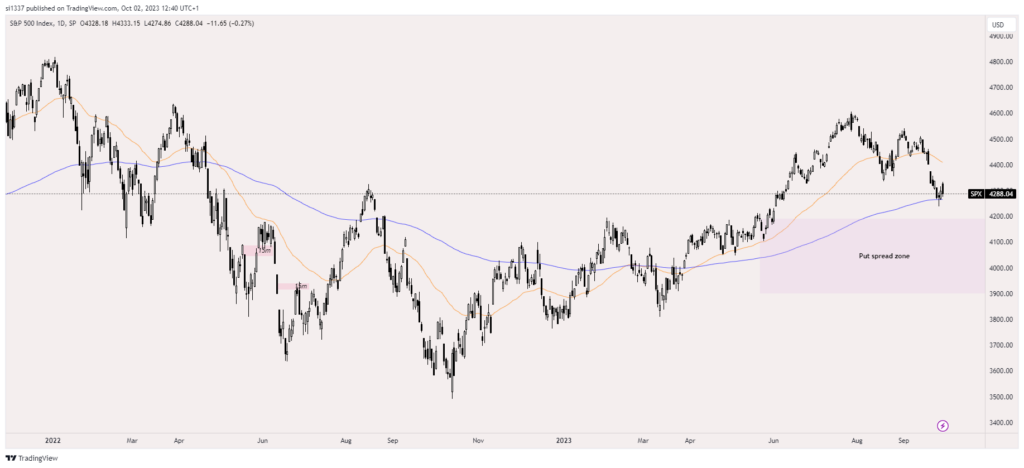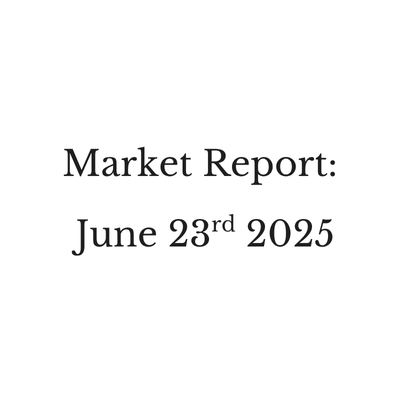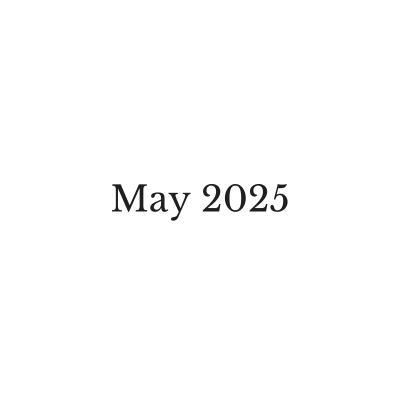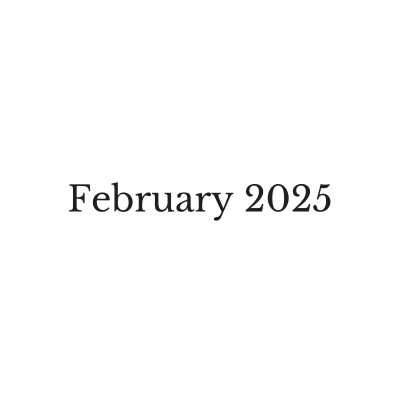US Financial Markets Stumble as Federal Reserve Hints at Persistent High Rates
03-10-2023
The US stock and government bond markets have hit rough waters following the Federal Reserve’s recent signalling of prolonged high interest rates. Investors are adjusting their strategies, leading to some notable shifts in the market dynamics.
The S&P 500 index is on the verge of a downturn. As of September, it has dipped over 5%, potentially marking its maiden quarterly decline in the past year. This setback is in stark contrast to its overall 11% gain this year, bolstered mainly by tech giants who benefited from the AI boom earlier in the year. However, this week, a version of the index that considers all stocks equally showed a decline, entering the negative zone for the annual performance.
Parallel to the equity slump, the US bond market has also faced challenges. Last week’s reactions to the Federal Reserve’s announcement – higher for longer – intensified the bond market’s retreat. This resulted in the 10-year Treasuries’ yield spiking to its apex since 2007, marking its most substantial monthly escalation in the last 12 months.
Market experts have weighed in on these developments. Mark Dowding, the chief investment officer at RBC BlueBay Fixed Income, highlighted the market’s realisation about the longevity of the high rates. He mentioned, “The understanding that ‘higher for longer’ truly means a prolonged period of high rates is what’s impacting sentiment.”
Additionally, a noticeable shift in futures market predictions indicates the broader market perception. Earlier, traders anticipated the interest rates to hover around 4.2% by the culmination of 2024. This expectation has now been adjusted to 4.8%.
Charles Schwab’s senior investment strategist, Kevin Gordon, pointed out the market’s misjudgments regarding the Federal Reserve’s policy directions this year. “For much of the year, the market assumed aggressive rate cuts. However, it’s becoming evident that the Federal Reserve is serious about its stance,” Gordon commented.
Furthermore, equities markets are feeling the pinch from the prolonged high-rate environment. The cascading effect of higher bond yields is dampening the appetite for Stocks and shares. This, coupled with the potential repercussions of persistent inflation and a stagnant economy – so-called stagflation – on the wider economy, is a growing concern for investors.
The corporate debt arena is also in the spotlight. With the looming shadow of increasing rates, there’s anxiety over highly indebted companies’ ability to refinance. Highlighting this sentiment, US junk bonds’ average interest rate leaped from 8.5% to nearly 9% recently, surpassing the Treasury yield’s ascent.
While the US grapples with its financial market’s intricacies, it’s essential to note its juxtaposition with global markets. The Federal Reserve’s stance aligns with the nation’s strong economic indicators and a thriving labour sector. In comparison, areas like the eurozone and the UK are wrestling with economic downturn concerns, which might lessen the urgency to sustain high interest rates.
In this ever-evolving scenario, all eyes remain on the Federal Reserve’s next moves and how global economies respond in kind.

If you share this bearish sentiment for equities or wish to protect yourself against a falling market, then you could express your view with the following idea.
PROTECTIVE PUT SPREAD
Trade Idea
Bearish Trade
Current price: 4280
Net cost of trade: 161- 100 = 61 x $50 underlying: $3,050
Max Profit: 4200-3900 = 300 x $50 underling = $15,000 – $3,050 (initial debit) = $11,950
This put spread will protect you against a 9.7% drop on the S&P





